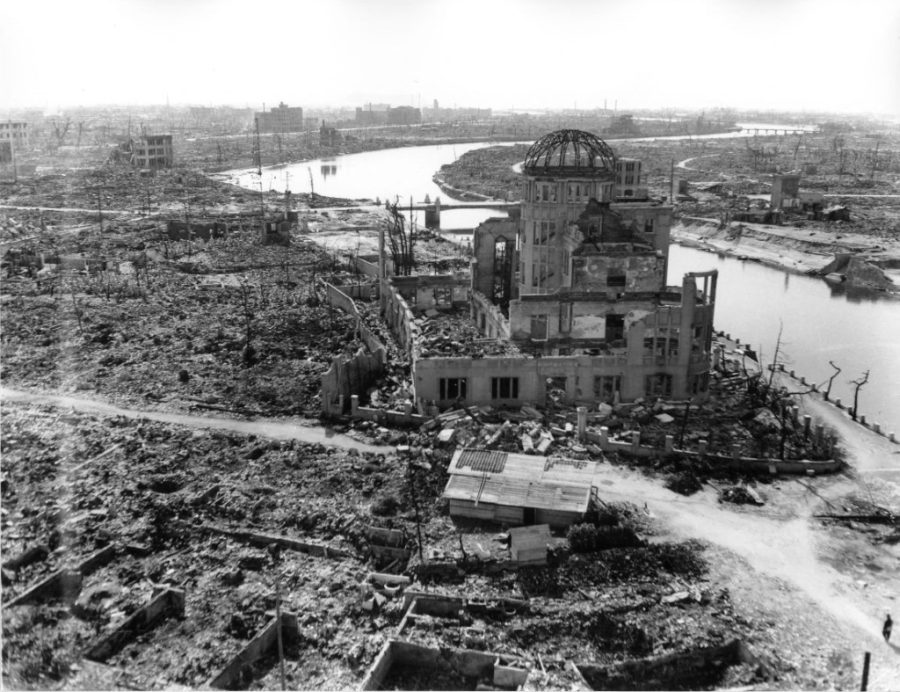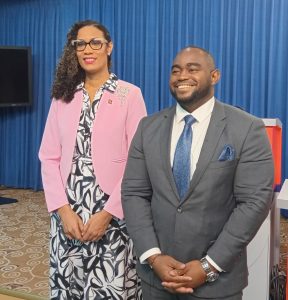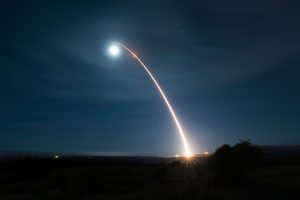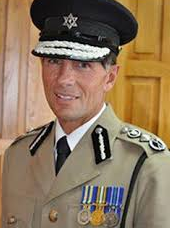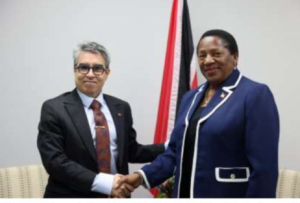Caption: This handout picture taken on November, 1945 by US Army and released from Hiroshima Peace Memorial Museum shows the A-bomb Domea, three months after the atomic bomb was dropped by B-29 bomber Enola Gay over the city of Hiroshima. Photo via AFP
By Prior Beharry
EIGHTY years after the Atomic bomb was dropped on the Japanese city of Hiroshima, survivors preach peace and forgiveness.
Associate professor at Hiroshima University in Japan Fuyuko Takita has worked with some of the survivors.
AZP News caught up with her in Haines Falls, New York, last week when she sat down for an interview.
Takita teaches Global Citizenship and Peace and Cross-Cultural Negotiations at the university’s Graduate School of Humanities and Social Sciences.
She said students from 11 universities around the world, including Germany, the United Kingdom and Indonesia, are in the classroom with their Japanese colleagues.
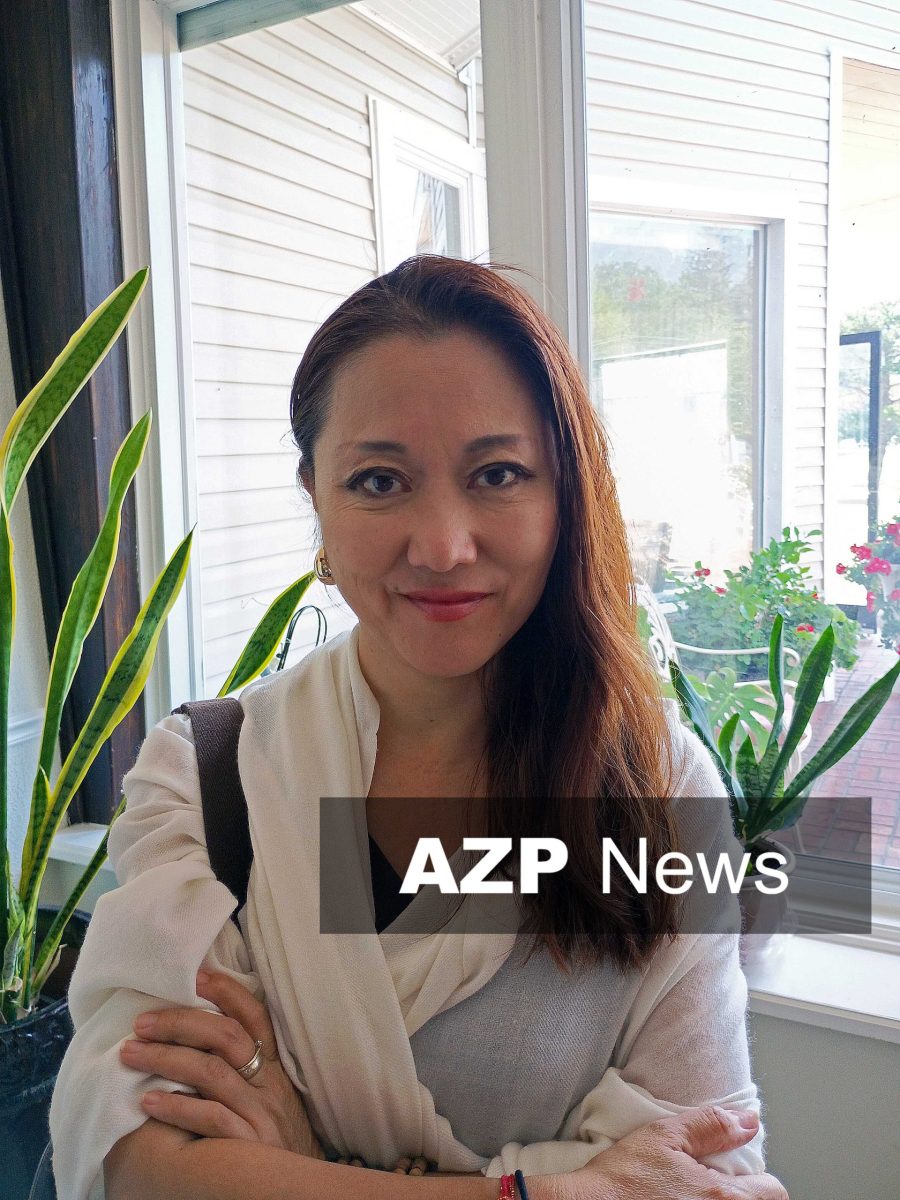
Takita said, “In the course content, we talk about nuclear weapon abolition and proliferation. That’s one course.
“Students come together and talk about what it really means to have a peaceful world. How can each of us contribute to making our world a more peaceful, sustainable world?
“One of the ways to promote peace within students’ minds is to have them meet atomic bomb survivors.”
She said they also visit the Hiroshima Peace Memorial Museum and “witness how horrible a nuclear weapon can be to the world. And the students’ response is that, ‘we shall never repeat the same history ever again.’”
Takita said there were about 100 survivors of the bombs that were dropped on Hiroshima and Nagasaki on August 6 and 9, 1945, respectively.
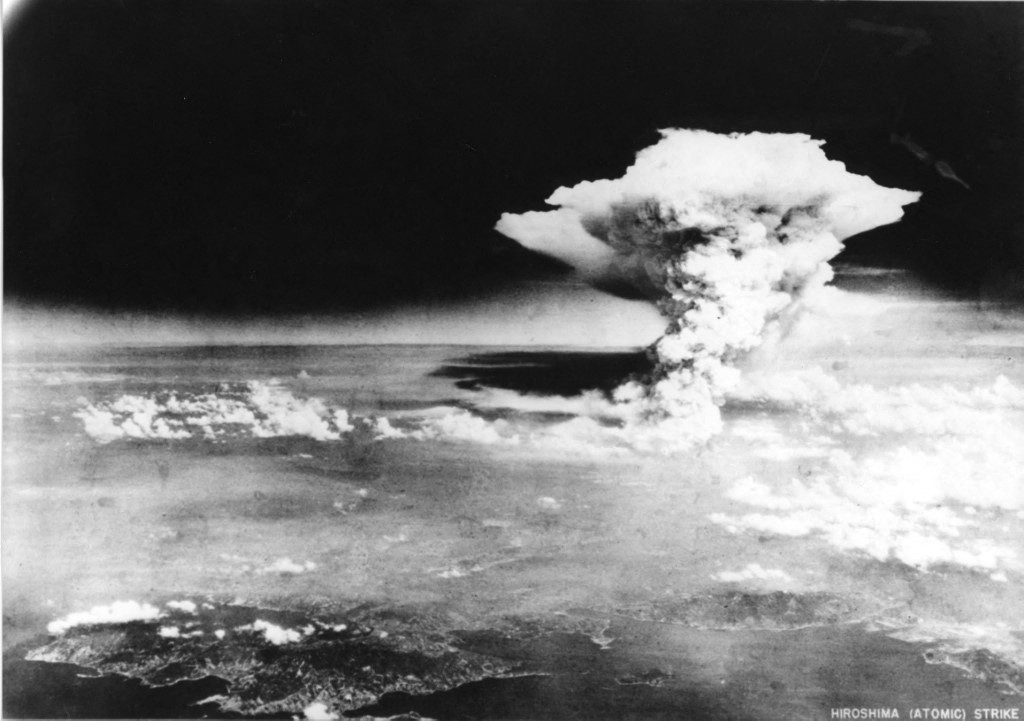
These bombs, the only uses of nuclear weapons in armed conflict, killed about an estimnated 2o0,000 people, the majority of whom were civilians.
The bombs virtually ended World War Two, with the Japan surrendering on August 15, 1945 and signing the instrument of surrender on September 2, 1945.
Today, of the nine countries with nuclear weapons, Japan is not one of them.
Takita said there were currently about 100 survivors of the bombs at an average age of 86.
For the past 15 years, she has been working with three of them – Keiko Ogura, Toshiyuki Mimaki and Hiroe Sato.
In 2024, Mimaki, alongside his fellow co-chairs, accepted the 2024 Nobel Peace Prize on behalf of Nihon Hidankyo – an organisation formed in 1956 to advocate for their social and economic rights and to promote the abolition of nuclear weapons, according to Wikipedia.
Ogura was engaged with the G7 Summit and worked with former US President Joe Biden and Ukrainian President Volodymyr Zelensky, Takita said.
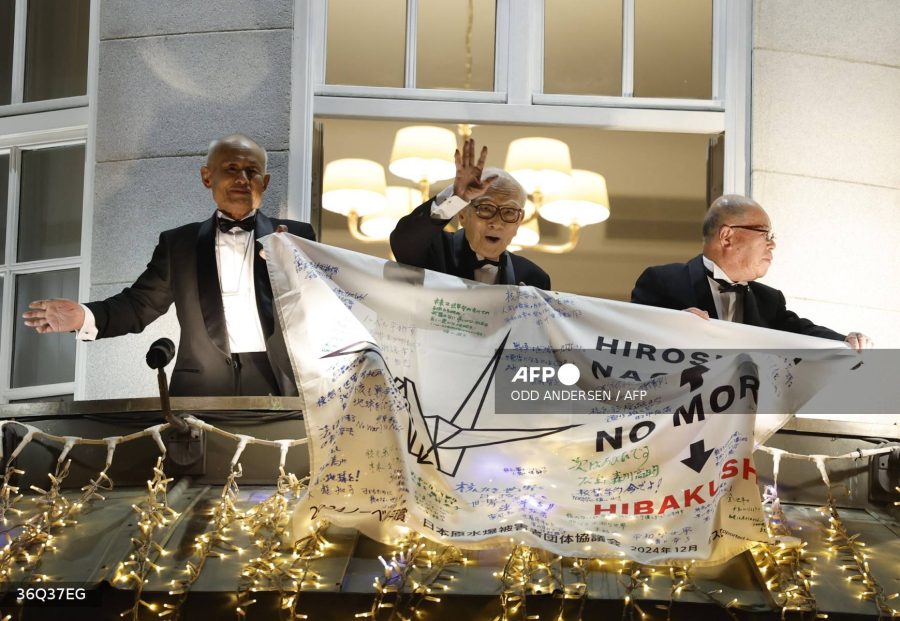
The university lecturer said, “Working with them closely, very surprisingly, they practise the spirit of forgiveness and they also show resilience, all three of them that I worked closely, they don’t have a grudge about what happened, they talk about promoting world peace.”
I asked if it was a coping mechanism.
She added, “A coping mechanism is a light way to put it. I think it takes a huge effort for one’s spirit to forgive. I think it’s a choice…”
And what is the feeling in Hiroshima 80 years after?
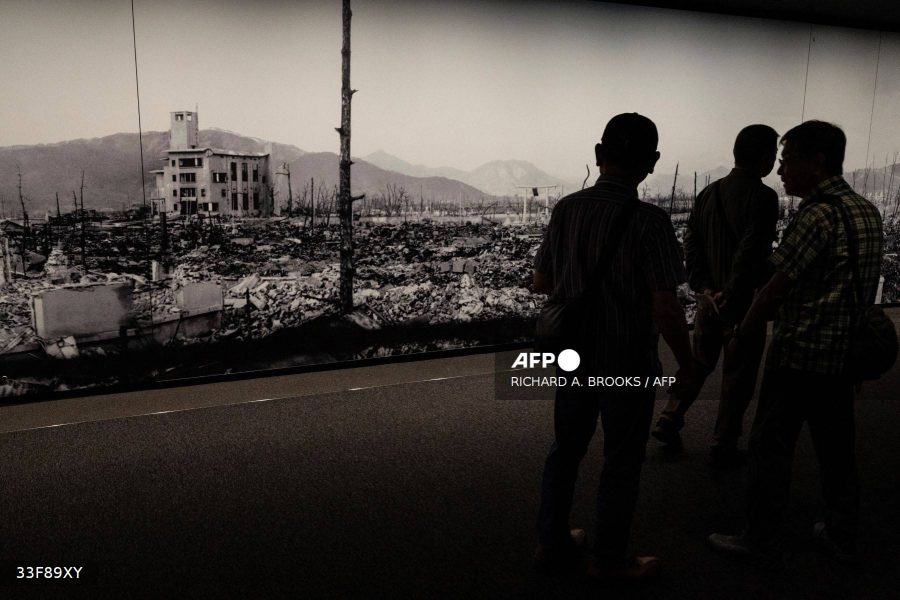
Takita said, “Generally speaking, including the survivors, and maybe with the relationship they have with the US too, after the World War (Two), from what I heard from the general public, it took a good 40, 50 years to let go of the history and to start to work peacefully and feel peace about what happened.
“It took the last 20 to 30 years for atomic survivors to work towards world peace.”
Hiroshima now?
She said, “If you talk to those non-Japanese who visited Japan and particularly Hiroshima, they would tell you it is one of the most peaceful places you would ever visit… in Japan or even by world standards.”
Tabita added, “We have seven beautiful rivers and we have trees and green grasses everywhere. It’s a very peaceful modern society with a population about 1.2 million.
“You would never image what it looked like 80 years ago. Trees came back, you never believe it.”
![]()


